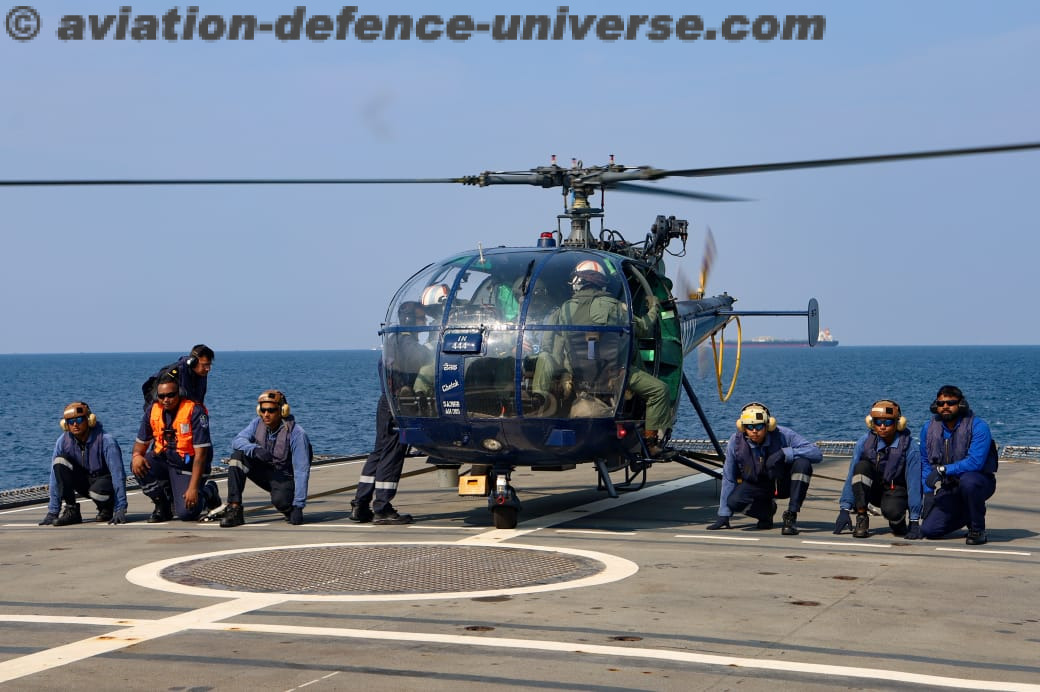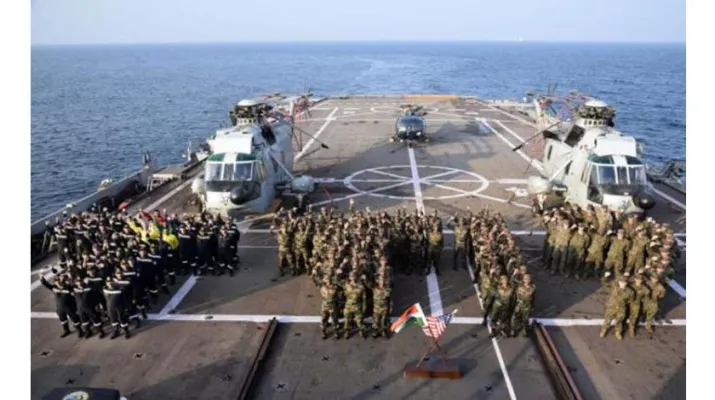New Delhi. 17 August 2020. “If a man is in need of rescue, an airplane can come in and throw flowers on him, and that’s just about all. But a direct lift aircraft could come in and save his life ,” said Igor Sikorsky, the father of helicopter. He would have been the happiest person to know that the machine he invented a little less than a century ago, would be the lifeline for millions living in remote areas, at the forefront of disaster relief operations, a boon for search and rescue operations and the pride of militaries world over. In just a hundred plus years there are more than 56,200 helicopters worldwide and the industry employs more than 500,000 people. It would have been a matter of great pride for him had he known that his machine will have a day for celebrating its presence in the lives of the billions across the globe, just eighty years after. The world gets together at an annual celebration of the amazing engineering and essential missions of helicopters on the 3rd Sunday of August each year which is commemorated around the globe as World Helicopters Day.
On September 14, 1939, the VS-300, the world’s first practical helicopter, took flight at Stratford, Connecticut. Designed by Igor Sikorsky and built by the Vought-Sikorsky Aircraft Division of the United Aircraft Corporation, the helicopter was the first to incorporate a single main rotor and tail rotor design.
But the idea of the modern day chopper has its vestiges in the drawings of painter and inventor, Leonardo da Vinci. Called the ornithopter flying machine, da Vinci’s 1488 design was never built, but it is said to have inspired modern day helicopters, and there is a suggestion that it inspired Sikorsky.
Fascinated by the idea of man flying, the great Leonardo da Vinci also designed a machine with a helical screw (as opposed to rotor blades), following the concept of an ancient Chinese toy (a kind of bamboo-copter) that would fly as the spinning rotor created lift. Later, several other inventors also created helicopter-like toys, the most notable of which was Alphonse Pénaud’s 1870 coaxial rotor model helicopter that was powered by simple rubber bands. It was one of these toys that reputedly inspired the American Wright brothers, inventors of the world’s first airplane that was heavier than air, just after the turn of the 20th century.
The name helicopter is said to have come from two Greek words, helix (meaning spiral) and pteron (meaning wing), because the original idea was that the flying machine would gain lift from spiral aerofoils – but it didn’t.
Russian-born Sikorsky invented the first really successful helicopter and this design has continued to be used to the present day. A true aviation pioneer in terms not only of helicopters, but fixed-wing aircraft as well, Sikorsky immigrated to the USA in 1919 and founded his own Sikorsky Aircraft Corporation in 1923. Notably, he pioneered the rotor design that is used in most of today’s helicopters, and he designed the world’s first helicopter that went on to be mass-produced, the Sikorsky R-4.
At the age of 12, Sikorsky made his first model flying machine, a helicopter powered by rubber bands. Sikorsky decided when he was about 17 that he wanted to study engineering, after spending three years at the Imperial Russian Naval Academy. About two years later, he learnt about the Wright brothers and other aeronautical pioneers, and backed financially by his sister, went off to Paris to study aviation.
He began his helicopter design career in 1909 in Russia, but quickly realized that various factors counted against him, not least of which was his lack of experience and shortage of money. While he continued to design aircraft, and developed the first ever four-engine bomber for use by the Russian in World War I, it wasn’t until 1939 that he developed his first helicopter prototype. The first flight in September that year was a tethered flight, and it took another eight months to achieve a “free flight”, during which he as able to fly in every direction except forwards. It took a few more years, until 1942, for Sikorsky to successfully design the world’s very first production helicopter.
























































































































